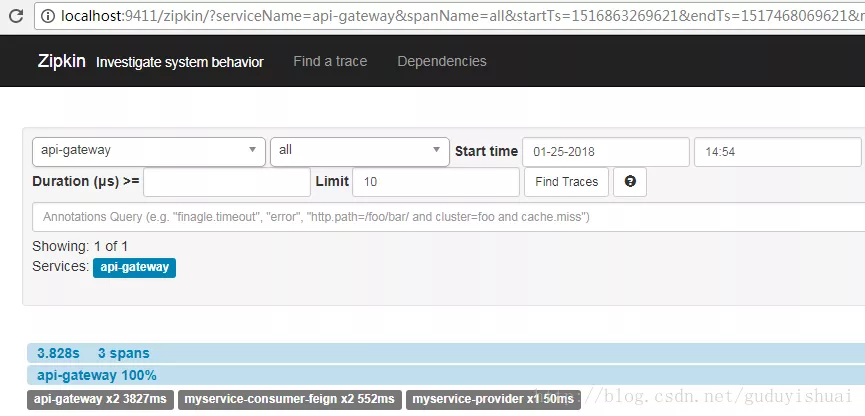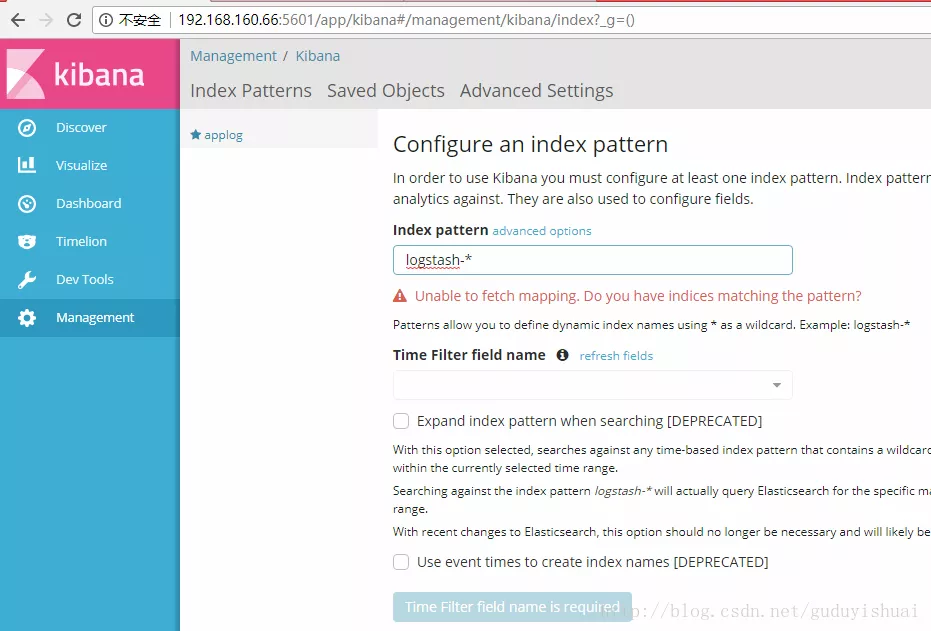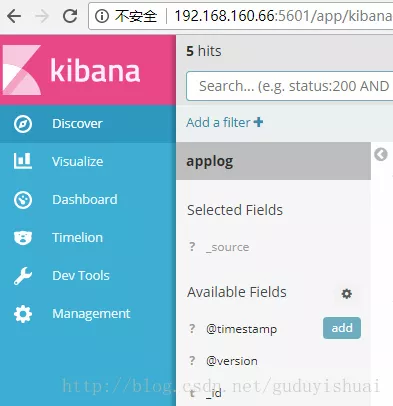SpringCloud 分布式日志采集方案#yyds干货盘点#
Posted 码农小宋
tags:
篇首语:本文由小常识网(cha138.com)小编为大家整理,主要介绍了SpringCloud 分布式日志采集方案#yyds干货盘点#相关的知识,希望对你有一定的参考价值。
由于微服务架构中每个服务可能分散在不同的服务器上,因此需要一套分布式日志的解决方案。spring-cloud提供了一个用来trace服务的组件sleuth。它可以通过日志获得服务的依赖关系。基于sleuth,可以通过现有的日志工具实现分布式日志的采集。
这里使用的是ELK,也就是elasticsearch、logstash、kibana。
一、sleuth
第一步:sleuth管理端
sleuth一般单独放在一个工程中。需要添加如下依赖
<dependency>
<groupId>io.zipkin.java</groupId>
<artifactId>zipkin-autoconfigure-ui</artifactId>
<scope>runtime</scope>
</dependency>
<dependency>
<groupId>io.zipkin.java</groupId>
<artifactId>zipkin-server</artifactId>
</dependency>
配置服务注册中心的地址
eureka
client
serviceUrl
defaultZonehttp//localhost1111/eureka/
启动类加入服务发现的注解和zipkin的注解,如下
package com.wlf.demo;
import org.springframework.boot.SpringApplication;
import org.springframework.boot.autoconfigure.SpringBootApplication;
import org.springframework.cloud.client.discovery.EnableDiscoveryClient;
import zipkin.server.EnableZipkinServer;
public class Application
public static void main(String[] args)
SpringApplication.run(Application.class, args);
这个时候启动并访问该微服务的地址,可以看到zipkin的管理页面了
第二步:被管理的微服务端
在我们的其他微服务端需要简单的配置,纳入到zipkin的管理之中
引入依赖
<dependency>
<groupId>org.springframework.cloud</groupId>
<artifactId>spring-cloud-starter-sleuth</artifactId>
</dependency>
<dependency>
<groupId>org.springframework.cloud</groupId>
<artifactId>spring-cloud-sleuth-zipkin</artifactId>
</dependency>
加入如下配置
spring
sleuth
sampler
percentage1
zipkin
base-urlhttp//localhost9411
spring.sleuth.sampler.percentage:这个参数的意思是抓取100%的日志,只有通过抓取日志,才能获知依赖关系。但是如果始终抓取日志的话对性能会有影响,因此可以自己配置。一般在开发环境,该值设置为1,生产环境视情况而定。
spring.zipkin.base-url:为第一步配置的zipkin管理端微服务的地址
现在分别启动服务注册中心,网关,需要的微服务,以及sleuth。
随便调用一个微服务

然后我们可以看到相关的跟踪日志

同样我们也可以看到微服务之间的依赖关系,这里是通过网关调用了myservice-consumer-feign微服务,然后通过myservice-consumer-feign微服务调用了myservice-provider微服务

二、搭建ELK
1、elasticsearch的安装与配置,由于之前的文章已经介绍了elasticsearch的单点,集群的安装,head插件的安装。这里不再总结。
2、kibana的安装,没什么好说的,解压,运行就可以了
3、logstash的安装,解压即可
在config下新建配置文件
关注公众号:程序员开源社区,回复:666领取资料 。
output
input
tcp
port => 4560
codec => json_lines
output
elasticsearch
hosts => ["192.168.160.66:9200","192.168.160.88:9200","192.168.160.166:9200"]
index => "applog"
其中port为端口号,codec表示通过json格式,elasticsearch.hosts表示elasticsearch的地址,这里是集群。index 为日志存储的elasticsearch索引。
启动需要调用bin下的logstash命令,通过-f指定配置文件
4、使用kibana
启动elasticsearch、head、kibana、logstash
创建索引applog

将applog配置到kibana中,在index pattern中输入我们的applog索引


最后点击create即可
点击菜单中的discover即可查看日志

三、logback配置
spring-cloud、logstash都是支持logback的,因此需要为微服务配置好相应的logback-spring.xml
这里值得注意的是,在spring-boot中,logback-spring.xml的加载在application.yml之前。而我们需要在logback-spring.xml中使用
spring.application.name。因此,我们需要把spring.application.name配置提到bootstrap.yml中。
加载顺序为bootstrap.yml,logback-spring.xml,application.yml
相比普通的logback-spring.xml,我们主要配置这几样东西spring.application.name,logstash的appender
这里提供一个logback-spring.xml的例子
<configuration scan="true" scanPeriod="10 seconds">
<springProperty scope="context" name="springAppName"
source="spring.application.name" />
<property name="CONSOLE_LOG_PATTERN"
value="%date [%thread] %-5level %logger36 - %msg%n" />
<appender name="stdout" class="ch.qos.logback.core.ConsoleAppender">
<withJansi>true</withJansi>
<encoder>
<pattern>$CONSOLE_LOG_PATTERN</pattern>
<charset>utf8</charset>
</encoder>
</appender>
<appender name="logstash"
class="net.logstash.logback.appender.LogstashTcpSocketAppender">
<destination>192.168.160.66:4560</destination>
<encoder class="net.logstash.logback.encoder.LoggingEventCompositeJsonEncoder">
<providers>
<timestamp>
<timeZone>UTC</timeZone>
</timestamp>
<pattern>
<pattern>
"severity":"%level",
"service": "$springAppName:-",
"trace": "%XX-B3-TraceId:-",
"span": "%XX-B3-SpanId:-",
"exportable": "%XX-Span-Export:-",
"pid": "$PID:-",
"thread": "%thread",
"class": "%logger40",
"rest": "%message"
</pattern>
</pattern>
</providers>
</encoder>
</appender>
<appender name="dailyRollingFileAppender" class=SpringCloud 分布式日志采集方案